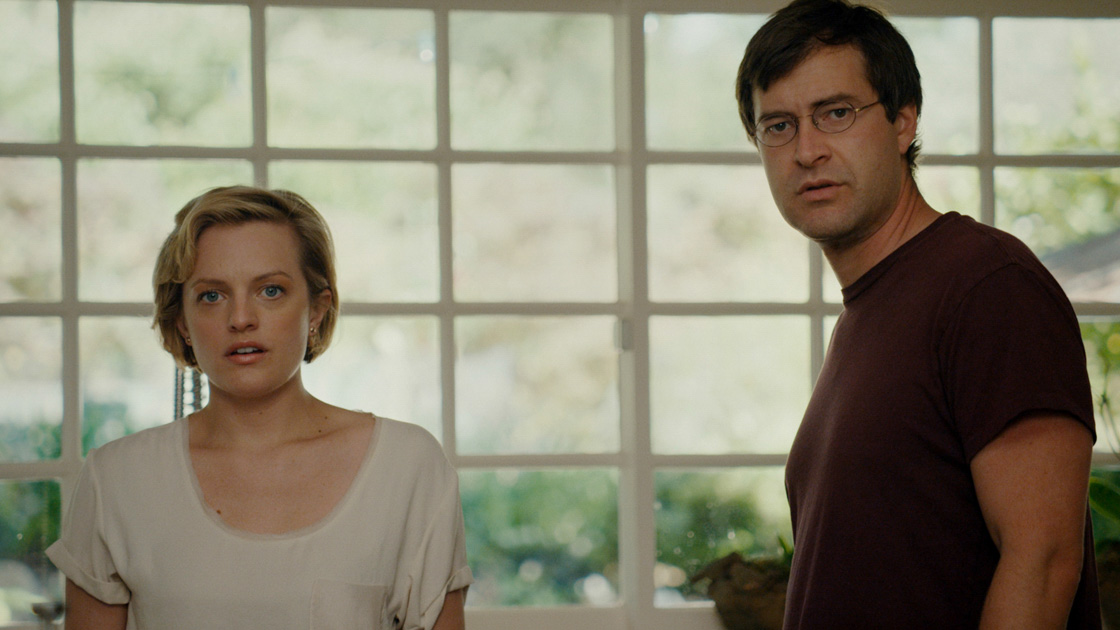 Back to selection
Back to selection
The One I Love | Director Charlie McDowell
 The One I Love
The One I Love Attention, our audience’s and our own — it’s a valued commodity these days. We struggle to command our audience’s attention, for them to discover our work and then, once they’ve discovered it, to actually focus on it. Meanwhile, we struggle to focus our own attention, to fight our society’s weapons of mass distraction so we can not just see our work to completion but fully discover the meanings within it. What role does attention play in your work? Can you discuss an instance where you thought about some aspect of attention when it came to your film?
I can barely hold enough attention to answer this question! I’ve been staring at a blank Microsoft Word document for over 30 minutes now and my iPhone, iPad, iPad Mini and Sega Genesis Classic Game Console are all calling my name. And now I’m thinking that even if I answer this question, will people even read my response all the way through or will they just skip over sentences that use words like “anamorphic,” “collaboration,” and “character arcs?” Okay, I’ll try to answer, but first I want to say goodbye to all the people who have already left me for Zach Braff’s answer.
My film, The One I Love, primarily takes place in one location with only two actors, so one thing that was important for me to do to hold the attention of my audience was to come up with a visual language that kept curiosities moving forward. There were only so many angles and so much real estate we could cover without scenes feeling habitual and stagnant. As the characters began to change (this is me trying very hard not to use “character arcs” right here), the way we photographed them started to reshape as well. An example… in my movie there’s a scene where Mark Duplass’ character is questioning Elisabeth Moss’ character about something, almost like a police interrogation scene, but between a married couple. We shot the first part of the scene, where everything feels comfortable and normal, in over the shoulder shots. But when the “interrogation” starts I decided to shoot them each in close up profiles where they were being short sided by the frame. The idea behind this was to show the couple’s disconnection visually and hope that the audience feels something different from the previous part of the scene that took place in the same space.
I believe having a well thought out plan of how your movie will look and feel, and then being able to let go of that plan in the moment to allow something unexpected, is a good mix on how to hold the attention of your audience. And for the lucky few people who are still reading my answer, you’ve been awarded the Mortal Kombat cheat code: Down, Up, Left, Left, A, Right, Down.
[PREMIERE SCREENING: January 21 at 8:30 pm – The MARC, Park City]
